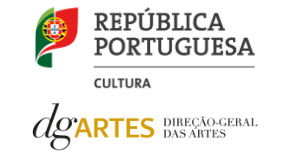Photography
Posts tagged with Photography
Archive
Author
- administrador
- adrianabarbosa
- Alícia Gaspar
- arimildesoares
- camillediard
- candela
- catarinasanto
- claudiar
- cristinasalvador
- franciscabagulho
- guilhermecartaxo
- herminiobovino
- joanapereira
- joanapires
- keitamayanda
- luisestevao
- mariadias
- marialuz
- mariana
- marianapinho
- mariapicarra
- mariaprata
- martacacador
- martalanca
- martamestre
- nadinesiegert
- Nélida Brito
- NilzangelaSouza
- otavioraposo
- raul f. curvelo
- ritadamasio
- samirapereira
- Victor Hugo Lopes
Data
- April 2025
- March 2025
- February 2025
- January 2025
- December 2024
- November 2024
- October 2024
- September 2024
- August 2024
- July 2024
- June 2024
- May 2024
Tags
- 48.º aniversário do 25 de Abril
- Artiletra
- ativismo feminista
- C. Daniel Dawson
- cleo diára
- congresso ibérico de estudos africanos
- daniel melim
- elinga
- euronews
- Guiné Bissau
- hip hop Guiné
- João Gomes
- Left Hand Rotation
- Letícia Ramos
- palestina
- Partnership
- plantation europe
- Tá Sair Male
- Tribuna Negra
- Valter Hugo Mãe
Most read
- AFROTOPIAS: artistas do pós-independência 17 Abril I Bruxelas
- 7th Queering Afro-Luso-Brazilian Studies Conference
- PÓS-MUSEU: 'A' de Ausência
- Uma Ecologia Decolonial - Conferência por Malcom Ferdinand
- António Jacinto: Poeta e Guerrilheiro
- Hanami, a primeira longa-metragem da realizadora Denise Fernandes, Cabo Verde
- Paisagens de Fogo: Uma história política e ambiental dos grandes incêndios em Portugal
- Programa de apoio à pesquisa das coleções fílmicas da Cinemateca Portuguesa-Museu do Cinema (2025)
- Curadoras macaenses da Bienal de Veneza apresentam nova mostra
- Lançamento do livro GAIA E FILOSOFIA, de Lynn Margulis
 The exhibition invites the viewer to consider the “before” and the “now” – the similarities and differences in technology, in events, individuals and landscapes, and in the particular ways of seeing as each photographer constructs an imagery about their land. These photographers offer diverse and original visions of Nigeria and the rest of the world. Their images are the product, or rather distillation, of specifically Nigerian sensibilities shaped by the cultural, social and ecological experiences of living in the country. They articulate the “now” of Nigeria with its energy and dynamism and its contrasts of individuals, communities and landscapes. At the same time they look to the future with its new possibilities in an ever more inter-connected world. The other end of the spectrum is the “before”, whether in the years leading up to Nigeria’s formation or at independence when the right to self-determination was finally wrested from the departing British.
The exhibition invites the viewer to consider the “before” and the “now” – the similarities and differences in technology, in events, individuals and landscapes, and in the particular ways of seeing as each photographer constructs an imagery about their land. These photographers offer diverse and original visions of Nigeria and the rest of the world. Their images are the product, or rather distillation, of specifically Nigerian sensibilities shaped by the cultural, social and ecological experiences of living in the country. They articulate the “now” of Nigeria with its energy and dynamism and its contrasts of individuals, communities and landscapes. At the same time they look to the future with its new possibilities in an ever more inter-connected world. The other end of the spectrum is the “before”, whether in the years leading up to Nigeria’s formation or at independence when the right to self-determination was finally wrested from the departing British.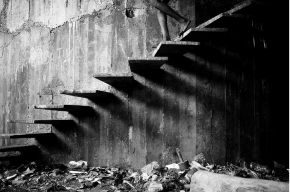 Ed Cross Fine Art is delighted to announce a solo exhibition for Mário Macilau at this year’s edition of VOLTA art fair in New York City from 2-6th March 2016. This will be Mario’s first exhibition in New York and his first major show after his acclaimed exhibition at The 2015 Venice Biennale.
Ed Cross Fine Art is delighted to announce a solo exhibition for Mário Macilau at this year’s edition of VOLTA art fair in New York City from 2-6th March 2016. This will be Mario’s first exhibition in New York and his first major show after his acclaimed exhibition at The 2015 Venice Biennale.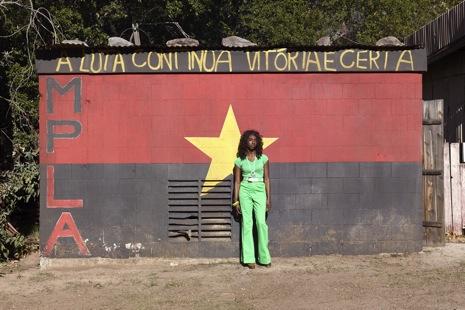
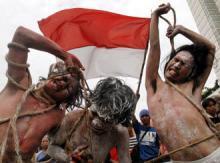
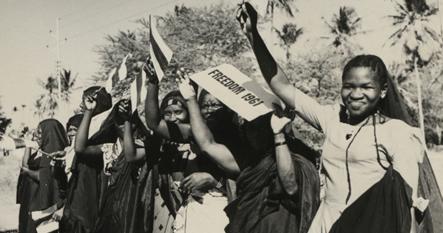
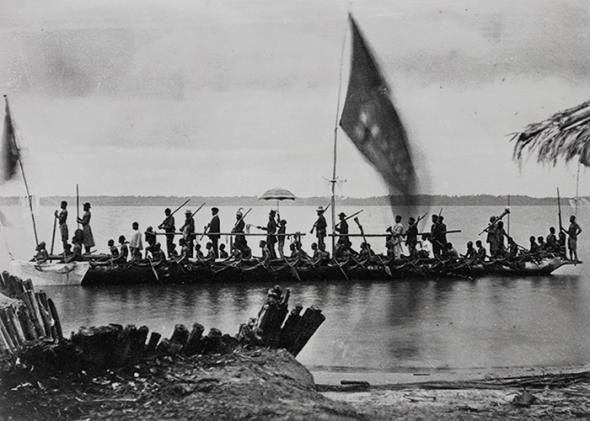 Visit the website at
Visit the website at 
